Structure of the Golgi Apparatus
The Golgi apparatus is made up of several parts, including the cis face, the trans face, and the medial cisternae. The cis face is the side of the Golgi apparatus that receives materials from the endoplasmic reticulum (ER), while the trans face is the side that dispatches the processed molecules to their final destinations within the cell. The medial cisternae are the intermediate compartments between the cis and trans faces where the processing of molecules occurs.Functions of the Golgi Apparatus
The Golgi apparatus has several key functions, including:- Processing: It modifies, sorts, and packages proteins and lipids that are produced in the endoplasmic reticulum. This may involve adding carbohydrate chains to proteins to form glycoproteins or cleaving proteins into their active forms.
- Secretion: The Golgi apparatus is involved in the formation of lysosomes, which are membrane-bound vesicles containing digestive enzymes. It also packages proteins into secretory vesicles for secretion outside the cell.
- Protein Sorting: It sorts and directs molecules to their appropriate destinations within the cell, such as the plasma membrane, lysosomes, or other organelles.
Transport Vesicles and Golgi Function
Transport vesicles containing proteins and lipids from the endoplasmic reticulum fuse with the cis face of the Golgi apparatus. The molecules are then modified and sorted as they progress through the Golgi stacks before being packaged into vesicles and transported to their final destinations. This process ensures that the molecules are correctly processed and targeted within the cell.Study Guide for the Golgi Apparatus
Key Concepts:
- Structure and organization of the Golgi apparatus
- Functions of the Golgi apparatus, including processing, secretion, and protein sorting
- Role of transport vesicles in Golgi function
Key Questions:
- What are the structural components of the Golgi apparatus?
- Describe the functions of the Golgi apparatus in the cell.
- How do molecules move through the Golgi apparatus, and what happens to them during this process?
Study Tips:
- Use diagrams to visualize the structure and function of the Golgi apparatus.
- Understand the relationship between the Golgi apparatus and the endoplasmic reticulum in the processing and transport of molecules.
- Relate the functions of the Golgi apparatus to the overall organization and regulation of cellular activities.
◂Science Worksheets and Study Guides Eighth Grade. The Endocrine system and Reproduction
Study Guide The endocrine system and Reproduction
The endocrine system and Reproduction  Worksheet/Answer key
Worksheet/Answer key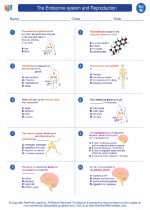 The endocrine system and Reproduction
The endocrine system and Reproduction  Worksheet/Answer key
Worksheet/Answer key The endocrine system and Reproduction
The endocrine system and Reproduction  Worksheet/Answer key
Worksheet/Answer key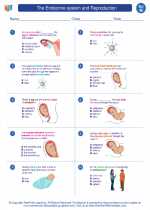 The endocrine system and Reproduction
The endocrine system and Reproduction  Vocabulary/Answer key
Vocabulary/Answer key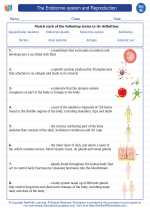 The endocrine system and Reproduction
The endocrine system and Reproduction  Vocabulary/Answer key
Vocabulary/Answer key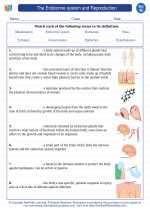 The endocrine system and Reproduction
The endocrine system and Reproduction  Vocabulary/Answer key
Vocabulary/Answer key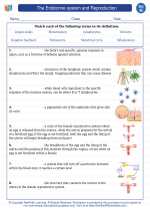 The endocrine system and Reproduction
The endocrine system and Reproduction  Vocabulary/Answer key
Vocabulary/Answer key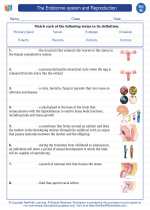 The endocrine system and Reproduction
The endocrine system and Reproduction  Vocabulary/Answer key
Vocabulary/Answer key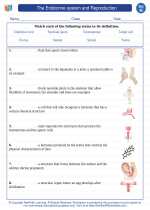 The endocrine system and Reproduction
The endocrine system and Reproduction 

 Worksheet/Answer key
Worksheet/Answer key
 Worksheet/Answer key
Worksheet/Answer key
 Worksheet/Answer key
Worksheet/Answer key
 Vocabulary/Answer key
Vocabulary/Answer key
 Vocabulary/Answer key
Vocabulary/Answer key
 Vocabulary/Answer key
Vocabulary/Answer key
 Vocabulary/Answer key
Vocabulary/Answer key
 Vocabulary/Answer key
Vocabulary/Answer key
